OUR CUSTOMERS AND PARTNERS




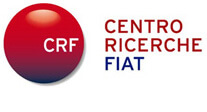
SELECTED R&D PROJECTS
Project: Composite Structures with INtrinsic Graphene Sensors
Objective: Development of sensing structural composite material with integrated and distributed graphene sensors. The graphene-based sensors will provide deformation-/pressure measurement during manufacturing of the composite structure and during its use. More specifically, the project aims at:
- Development of composite materials that monitor its manufacturing process, report on deviations and provide feed-back to the manufacturing control system to enable robust manufacturing.
- Development of composite structures that report strain and stress levels during their use.
Partners: Danubia NanoTech, Saab Aeronautics Sweden, KTH Royal Institute of Technology Stockholm and Linköping University Sweden, SeaTwirl Sweden.
Project Partners

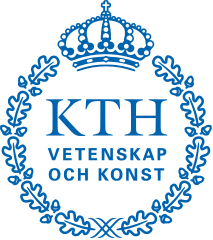

Project: Graphene-based functional additive in protective paint for the aircraft industry
Objective: Graphene is studied as a functional additive in paint. The idea is that by introduction of graphene into pre-existent paints generate new functions into the coating of aircraft parts and by that enable multifunctionality. Graphene could enable electrical and thermal conductivity which, in long-term, can enable imbedded lightning strike protection and de-icing systems. A reduced need for conventional lightning strike protections, erosion protection tape and conventional de-icing systems (AIPS) would have a huge impact on the total weight of the aircraft and thereby reduce the fuel consumption.
The approach is to introduce graphene into a specific paint followed by organization of the graphene flakes in order to enhance the conductivity of the paint even further.
Partners: Danubia NanoTech, Saab Aeronautics Sweden, Linköping University Sweden.
Project Partners


Project: Ultrathin Films and Monolayers of TMD Materials
Objective: Development of ultrathin (< 10 nm) films and monolayers of materials from the family of transition metal dichalcogenides (TMDs). The two-dimensional structure of the films determines the electronic properties that may exhibit correlated electronic phenomena such as charge density waves and superconductivity. The focus is to develop such films on a centimetre-large scale and characterise them in terms of the thickness, crystallinity, homogeneity, optical and electrical properties. The other focus is to develop heterostructures and hybrids – systems where different TMDs materials and TMDs and graphene or graphene oxide are stacked on top of each other.
Partners: Danubia NanoTech, Slovak Academy of Sciences.
Project Partners
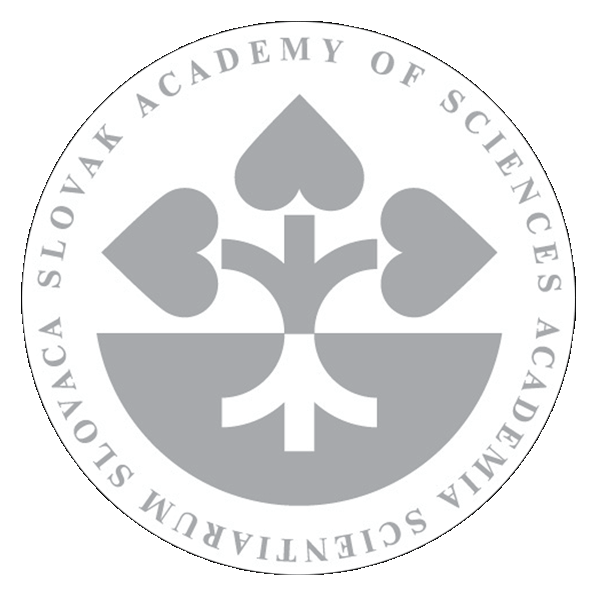
Project: ELECTROGRAPH
Objective: Research of graphene-based electrodes for application in super capacitors. Proper alignment of graphene sheets and their interconnected nano-scale channels is critical to capacitive performance. The Project focused on a large-scale manufacturing of graphene-based electrode materials and the use of eco-friendly room-temperature ionic liquid (RTIL) electrolytes. The Project devoted extensive research to the development of production processes to create a functional device prototype with graphene and graphene-based materials.
Partners: Danubia NanoTech, Max-Planck-Gesellschaft Germany, AT&S Austria, Consiglio Nazionale delle Ricerche (CNR) Italy, SINEUROP-Nanotech Germany, Shanghai Yangtze Nanomaterials Co. China, Shanghai Nanotechnology Promotion Center China
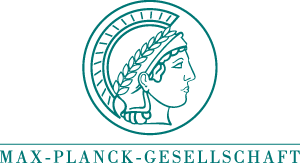


• SINEUROP-Nanotech Germany
• Shanghai Yangtze Nanomaterials Co. China
• Shanghai Nanotechnology Promotion Center China
Project: SPANG
Objective: Development of the low-price synthetic routes for high-quality single-walled carbon nanotubes (SWCNs). The benchmark method for producing high-quality carbon nanotubes dictates the use of laser ablation. Graphite is evaporated in a laser beam and by means of the right catalyst as well as of the proper process conditions the carbon plasma condenses to quite long, nearly defect-free SWCNs. The project focused on setting up generators for channel spark ablation, laser ablation and Arc-Jet production and comparing of the products from these methods. We managed to produce high quality annotates at much larger quantities than presently available and at prices which are more than two orders of magnitude lower.
Partners: Danubia NanoTech, Max-Planck-Gesellschaft Germany, AT&S Austria, Consiglio Nazionale delle Ricerche (CNR), SINEUROP-Nanotech, Shanghai Yangtze Nanomaterials Co. China, Shanghai Nanotechnology Promotion Center China



• SINEUROP-Nanotech Germany
• Shanghai Yangtze Nanomaterials Co. China
• Shanghai Nanotechnology Promotion Center China
Project: GraphenMoFET
Objective: Develop a field effect transistor (FET) device based on heterostructures of graphene layers with a transition metal dichalcogenides (TMDC). The synthesis of monolayer and few-layer of graphene and MoS2 were done by Aerosol Jet® Printing and physical vapour deposition methods. Layer number, thickness of the nano-crystalline graphite, structure and chemical composition of the graphene/MoS2 heterostructure were characterized by numerous experimental methods. The optimized parameters of a FET device were searched by selection of the production process, material combinations and processing parameters. The aim was to find route to flexible and low-cost printed electronics based on graphene and TMDC.
Partners: Danubia NanoTech, Joanneum Research GmbH Austria, Technical University of Vienna Austria, Technical University of Graz Austria, University of Vienna Austria




Project: CENAMOST
Objective: Investigate the electronic properties of structures and devices made of carbon nanotubes and graphene, with emphasis on physical processes on a very basic molecular, and even atomic, level. In more detail, the project dealt with the synthesis and complete characterization of carbon nanotubes and graphene. Synthesized carbon nanotubes were of high spectroscopic quality with specified average diameters. Single-layer or a few-layers graphene samples were characterized by various microscopic and spectroscopic techniques. Devices made of nanotube networks were investigated for their electronic and optical properties. Electronic properties of carbon nanotubes and graphene were tailored via functionalization and doping.
Partners: Danubia NanoTech, Slovak Technical University, Slovak Academy of Sciences
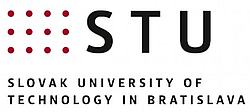

Project: FZU-DNT
Objective: Growth of nanocrystalline diamond on carbon nanotubes as novel heterosystems of unique properties. The focus was to study the conditions for growth of CNT/diamond composite and possible transformations between these two forms of carbon.
Partners: Danubia NanoTech, Czech Academy of Sciences, ASCR Czech Republic
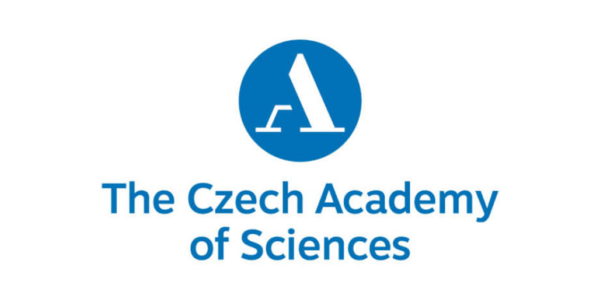
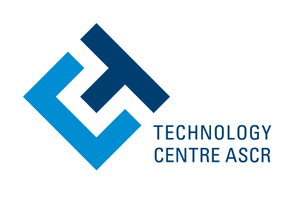
Project: NANONET
Objective: Development of methods for preparation of carbon nanotubes and graphene. Carbon nanotube networks were then tested in field effect transistor arrangement and on-off ratio of about 10000 was achieved. We also developed transparent conductive layers from carbon nanotubes for solar cells and transparent electronics. Transparent conductive electrodes from carbon nanotubes reached a value of the sheet resistance of 1000 Ohms and transparency of 85%. We also studied effects of ion irradiation on carbon nanotubes.
Partners: Danubia NanoTech, Slovak Technical University
Project Partner

Project: Carbon Nanotubes for Space Applications (Thales Alenia Space)
Objective: Evaluation of carbon nanotube networks (buckypapers) as a possible replacement of metals in high-altitude satellites. The idea was motivated by the fact that carbon nanotubes (CNT) have a good electrical conductivity, high resistance against radiation and are much lighter than any metal. Of particular interest was the applicability of CNT for electrical wiring and thermal interfaces. Mechanical, thermal and electrical properties were investigated along with the radiation stability.
Partners: Danubia NanoTech, Thales Alenia Space France
Project Partner

